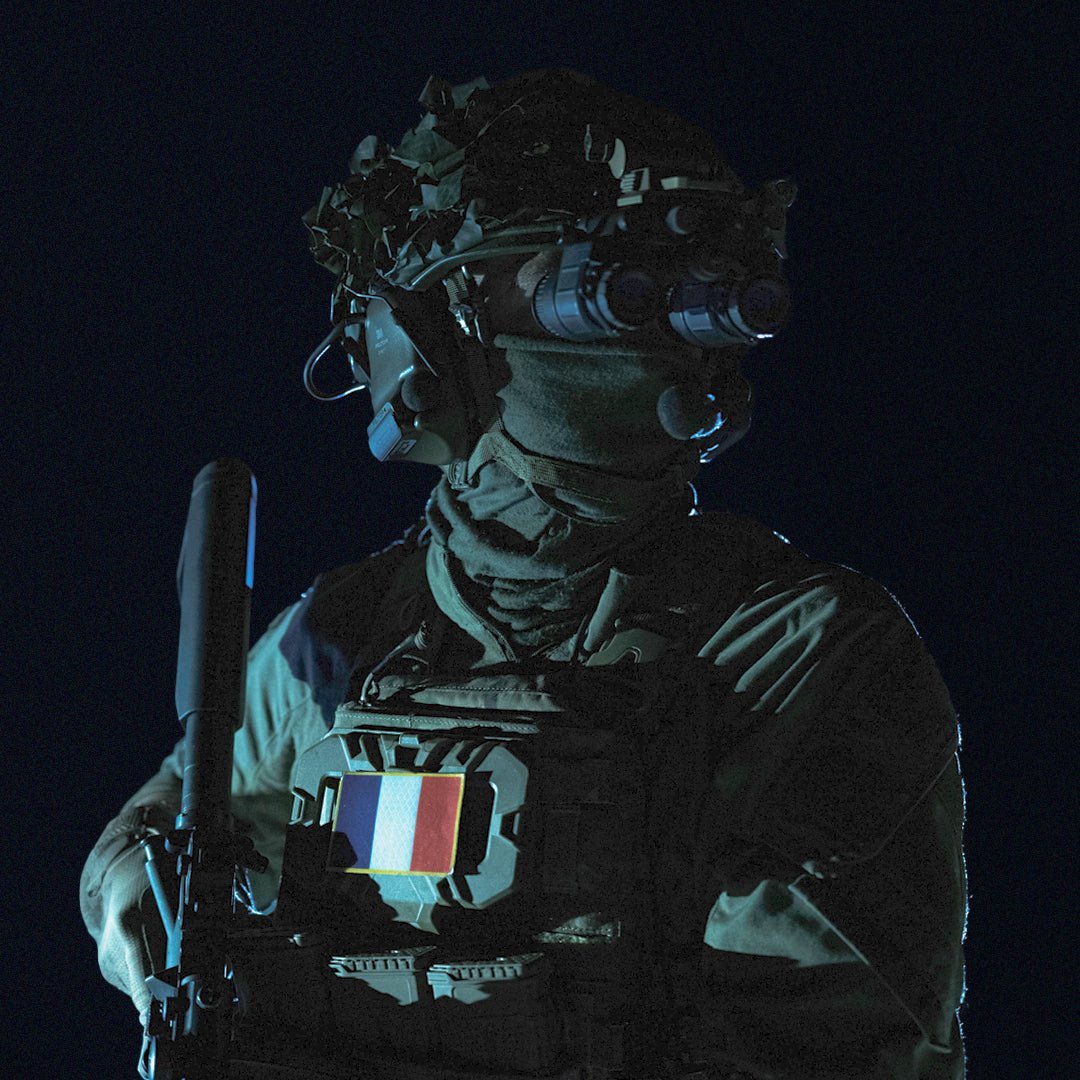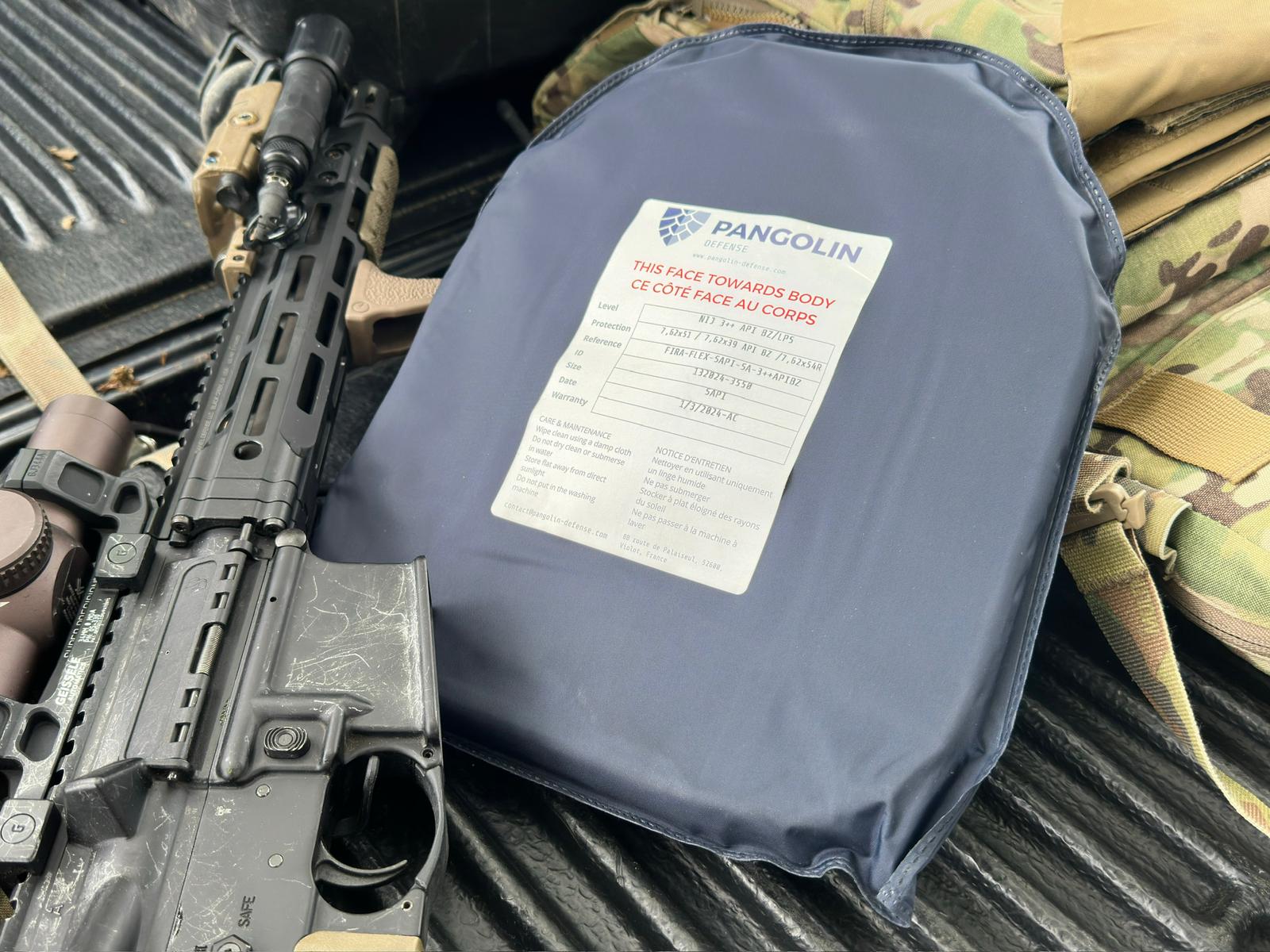
Choosing the right ballistic plate
Choosing the right ballistic plate
Introduction
Ballistics is a complex field, with many standards and regulations. Understanding these standards is crucial to choosing the right equipment for your needs. For a detailed overview of ballistic protection standards, click here .
Its protection according to its missions
Adapting your ballistic plate to your missions is essential. For example, for the municipal police, a NIJ 4 protection level could prove to be unnecessarily high. A level 3A protection, combined with anti-stab protection, is often sufficient because the level of threats they face does not justify prolonged wearing of high ballistic plates. Conversely, in the military sector, a NIJ level 4 plate in ICW is recommended due to the higher risk of encountering piercing calibers and the use of a 360-degree vest, equipped with a 3A plate (anti-trauma).
Discover our complete range of ballistic plates here
The type of ballistic plate
There are two types of ballistic plates: Stand Alone plates and ICW (In Conjunction With) plates .
Stand Alone plates are self-contained, not requiring a 3A plate behind to absorb shock (anti-trauma). These plates, if NIJ tested, must not have a dent greater than 44 mm during testing (our plates reach approximately 35 mm). It is nevertheless possible to add an anti-trauma to reduce this dent.
ICW plates, on the other hand, must be used with an anti-trauma to reach their full protective potential. Users equipped with tactical personal vests, who cannot wear 3A protection covering the entire body, must imperatively add a 3A plate under their ICW plates.
If you are looking for 3A protections in SAPI format, it is here .
The ballistic plate benchmark
Once these concepts are understood, it remains to compare the different plates available. Three main criteria are often to be considered: price, weight, and level of protection. The lighter a plate, the higher its cost. It is therefore important to choose according to your means and the requirements of your equipment.
Conclusion
A €300 plate may offer the same level of protection as an €800 plate, but the latter, of the ICW type, may have an average penetration of 43 mm compared to 33 mm for the former. It is essential to understand the specifics of ballistics to make an informed purchase.


Leave a comment
This site is protected by hCaptcha and the hCaptcha Privacy Policy and Terms of Service apply.